Counting 1
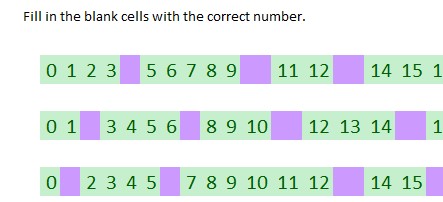
This self marking spreadsheet is on counting.

Numbers can be split in lots of different ways. We call groups of numbers following a particular rule, a set. (Set is the most defined word in the English language with 430 different definitions in the OED (1989 edition)).
There are various commonly accepted sets of numbers. Natural numbers, integers, rational numbers, irrational numbers to mention a few. We sometimes split numbers into odd numbers and even numbers, sometimes into positive and negative numbers.
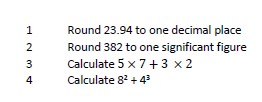
Basic skills practice concentrates on rounding numbers to a decimal place or a significant figure, addition and addition of indices, finding the sum, product, difference and range of a set of values.
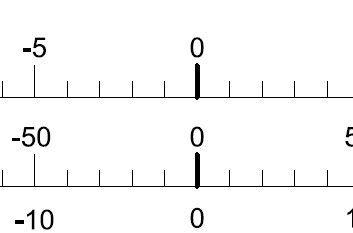
Number lines of different scales and some blank for you to ask the students to mark a particular point.
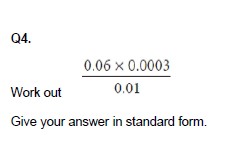
Conversions of FDP and ordinary numbers to standard form, product of prime factors, factor trees, multiples, LCM and HCF, square numbers and prime numbers.
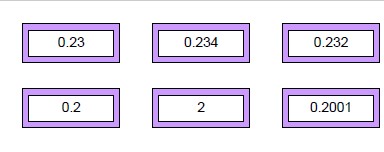
Start by putting the lilac numbers in order, now slot in the green and blue numbers, continue until all the numbers are placed in ascending order.
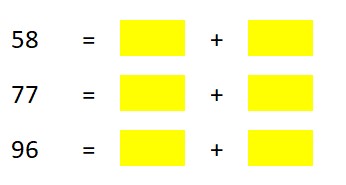
This self marking spreadsheet is on counting to 1000 followed by partitioning two numbers and adding two numbers using partitioning.
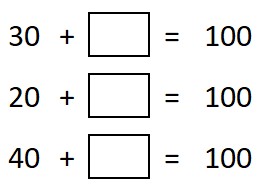
This self marking spreadsheet is on counting to 100 followed by number bonds to 10 and then 100. Finally, subtraction problems.
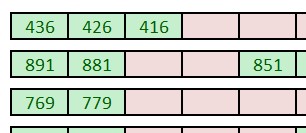
This self marking spreadsheet concentrates on adding hundreds, tens, units to each sequence in turn.
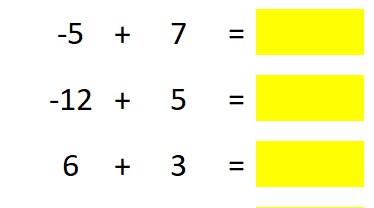
This self marking spreadsheet is covers calculations with directed numbers including ordering, addition, subtraction, multiplication and division and a worksheet of mixed questions.
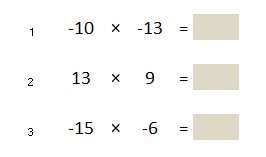
This self marking spreadsheet is covers calculations with directed numbers including addition, subtraction and multiplication.
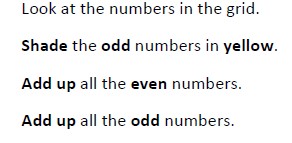
Odd and even parity. Shading odd numbers on a grid and then adding both odd and even numbers up and comparing them with < and > symbols.
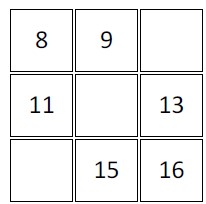
Fill in the spaces on each grid with a number that could be there and still keep all nine numbers in order. There are some questions that have more than one correct answer.
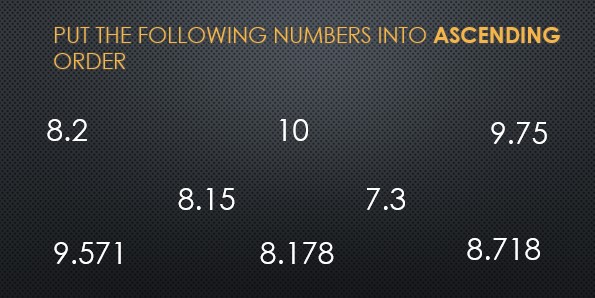
Run through each slide asking the students to write each group of numbers in ascending order. The answers are given immediately afterwards to that you can emphasise why you would put each number in its particular place.
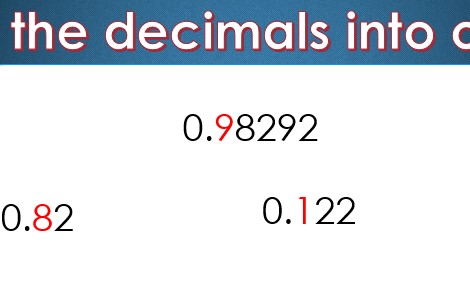
Run through each question. The questions and answers are used to highlight the actual digit that is being compared to formulate the order. It is important to ensure that the students do not think that those numbers with the longest string length are the biggest numbers as this seems to be where confusion creeps in.
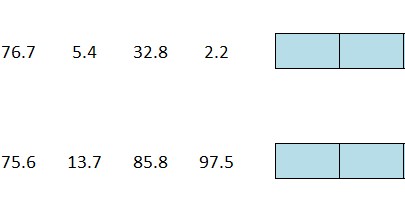
This self marking spreadsheet on ordering decimals begins with ordering integers, ordering mixed numbers with tenths, ordering mixed numbers with hundredths and finally, counting in hundredths.
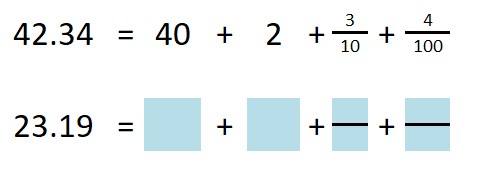
This self marking spreadsheet on partitioning decimals begins with partitioning into units and tenths, then tens, units, tenths and hundredths and finally, HTU with tenths and hundredths.

This self marking spreadsheet on partitioning integers begins with partitioning TU, then HTU and finally ThHTU.
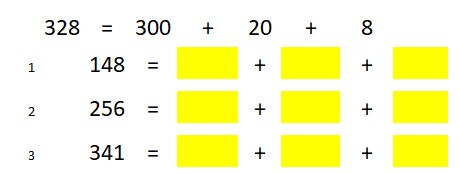
This self marking spreadsheet on partitioning integers begins with partitioning TU, then HTU and finally ThHTU.
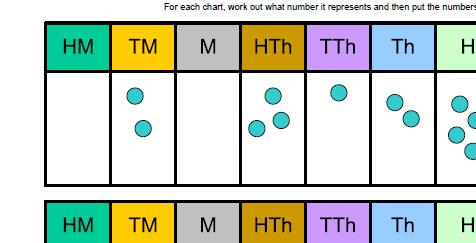
Looking at the value of each column up to and including the hundred-million column.Can you write out the numbers represented by each row in the chart?

This self marking spreadsheet on place value is designed to allow the children to add 10 or 100 to the relevant column to try to speed up their mental arithmetic.
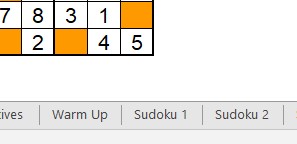
This self marking spreadsheet on reasoning is several sudoko games. If the students like this, then I can recommend the New York Times website here.